Playlist:
Winterrise Casey Sokol 3:02
Druidic Interlude Molly Raher Newman 2:24
Firedance Jaiya 5:44
L'Inverno - Allegro non molto Red Priest 3:04
Today at 7:27pm Pacific Standard Time is the Winter Solstice. That means that before that moment the days are getting shorter and the nights are getting longer. After 7:27 it is the other way around. So today is the shortest day of the year, and tonight is the longest night. But the differences from yesterday and tomorrow are very small. For that matter, so are the differences from last week and next week. Without accurate time-measuring devices our ancient ancestors could not identify the exact time when the days stopped becoming shorter and began to become longer but they still held this time of the year sacred.
Their best approximation came from the fact that they recognized that as the days shortened the Sun would rise and set slightly further to the south. Then, for a while, while the days were very short the sun appeared to rise and set at the same place each day. In Latin that lack of movement is called “sol stetit” which is where we get the word solstice from. After that it eventually becomes apparent that the sunrise and sunsets are moving slightly further to the north each day. Their midwinter celebrations were held when they could confirm that the direction reversal had happened and they knew that summer was beginning to return. That is why the calendar dates for Christmas and New Year’s Day are after the actual solstice time since they descend from the pagan holidays when the celebrations were held.
Today’s music celebrates the day when, with our modern technology, we know that the actual astronomical solstice is taking place. If you want to hear more Winter Solstice music I suggest that you listen to my postings on Solstice Eve and Solstice Day in 2021. In fact, all of the 2021 series was filled with songs and writing that directly or indirectly relate to the Winter Solstice.
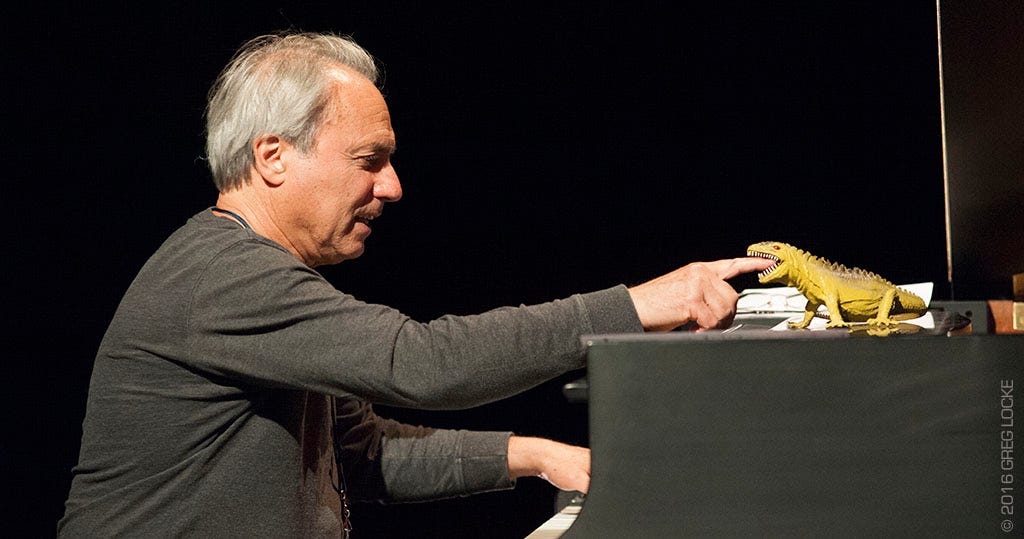
I don’t know if Winterrise is a composition or an improvisation by York University Professor Emeritus of Music, Casey Sokol. He is an expert at both, and he recorded and taught graduate student classes in both of those skills. I got this track from the 1995 compilation album Stuck of a Cold Steel Pole issued by Duke Street Records, a former Canadian label, and its liner notes say that they got it from his “…and all through the house” album. I haven’t been able to track that one down. The answer would be in its notes.
Casey Sokol has two websites, but one does not appear to be being maintained. If you want to learn more about him I suggest this site which focusses on the art of musical improvisation. In its “About” section it includes his academic biography as well as what he calls “the real story”.
Druidic Interlude is one of Molly Raher Newman’s own compositions. It is from her self-published 2001 solo album Serenade on which she played a few old tunes but mostly it has her originals. They are played using her collection of antique and replica instruments. At first I thought that this tune was played on one of her dulcimers, but upon listening closely I wonder if it might be her 19th century English zither that has 48 “impossible strings.” In her liner notes she describes that instrument as having a “harpsichord-sounding” voice with an inimitable attack and decay of the notes.
Molly is an actress and artist as well as a musician. One of the characters that she has developed for re-enactment is of Victoria’s post-impressionist painter Emily Carr. She can speak and read Emily’s writing in a plausible Emily voice, and even paint in her style. To avoid being accused of creating counterfeits she signs them Emolly.
But among us folkies Molly is best known as being a true brick of the local folk music community. She and her late husband Rod began performing as accompaniment for Morris and contra-dancing. That evolved into cofounding the band Rig-a-Jig in which Molly played mandolin, dulcimer or percussion. She was the band’s frontman with her radiant and constant smile always seemed to be the centrepiece of show. Besides being regular performers at Oak Bay’s Blethering Place they provided music for the Victoria Folk Music Society’s annual Christmas party/dance.
Molly decided to retire from performing this past year and the other band members recognized that without her they cannot be Rig-a-Jig. They continue now as a quartet but under the name Shinndig.
Firedance is from the above album by the same name. Jaiya was a trio comprised of residents of BC’s Mayne Island, which has a year-round population of about 1100 people. As far as I know, Jaiya only performed together formally doing this style of neo-pagan music celebrating the ancient cycles of the seasons. They provided the music for local community celebrations and recorded three albums.
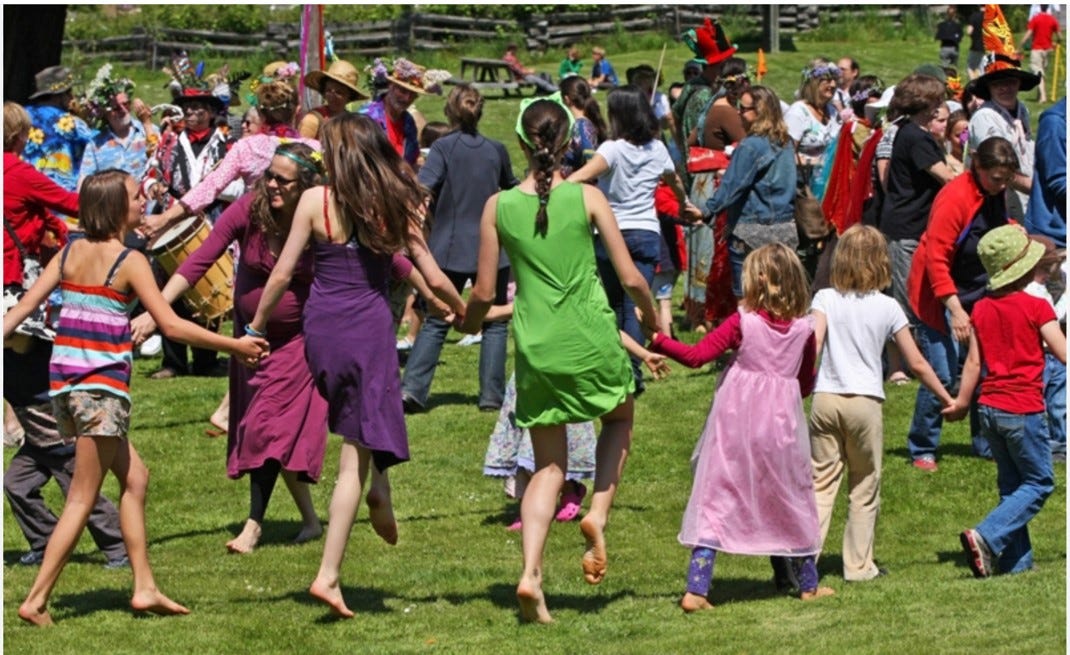
All three members of Jaiya were songwriters and arrangers and I suspect that their songs and tunes always developed based on a lot of collaboration. This song and its music are credited to Miranda Brown, who sang lead and played harp. The others members were Kim Darwin on the accordion, and Lael Whitehead on harmony vocals and drum. Although they no longer perform together, this and their other albums are still available digitally from Bandcamp.
The lyrics for Firedance are:
Cast the old year into the flame
Cast the dust of the year to the flame
All hope is reborn in the light
Hope is reborn in the light
I bet that you’ve never heard Vivaldi’s The Four Seasons played like this before! The track I chose was the Allegro non molto movement from Concerto no. 4 – L’inverno (Winter). When a band rocks up folk music we call it folk rock, so I suppose that this should be called classic rock. But that phrase is already taken.
The performers here are Red Priest. You might think that classical music lovers would hate this sort of thing. You would be wrong, at least as far as Red Priest’s interpretations are concerned. I bought this album several years ago when they played here in Victoria, presented by our Early Music Society who are dedicated to bringing acts to town that offer historically-informed performances of music composed before 1800. This sounds very modern but the interpretation is actually very historically-informed, not to mention brilliantly played. (By the way, I can’t find the CD now. I probably loaned to someone. If that someone is you, please return it.)
The Britain-based quartet was formed in 1997 by four very talented classical musicians, including recorder virtuoso Piers Adams who is generally considered to be the best recorder player in the world. The rest of the original band were violinist Julia Bishop, cellist Angela East, and the late Julian Rhodes on harpsichord (His place has been taken by l’enfant terrible David Wright.) Red Priest was, as you might imagine, at first met with skepticism for putting the rock back into baroque.
But this 2003 album was their big breakthrough. The very-serious-about-classical-music Gramophone Magazine rates it as one of the four all-time best interpretations of this Vivaldi classic, which is so highly-regarded and popular with the general public that just about every Renaissance quartet has to have it in their repertoire. And Red Priest’s popularity hasn’t faded since then. Just last year their most recent album went to #1 on the UK classical charts.
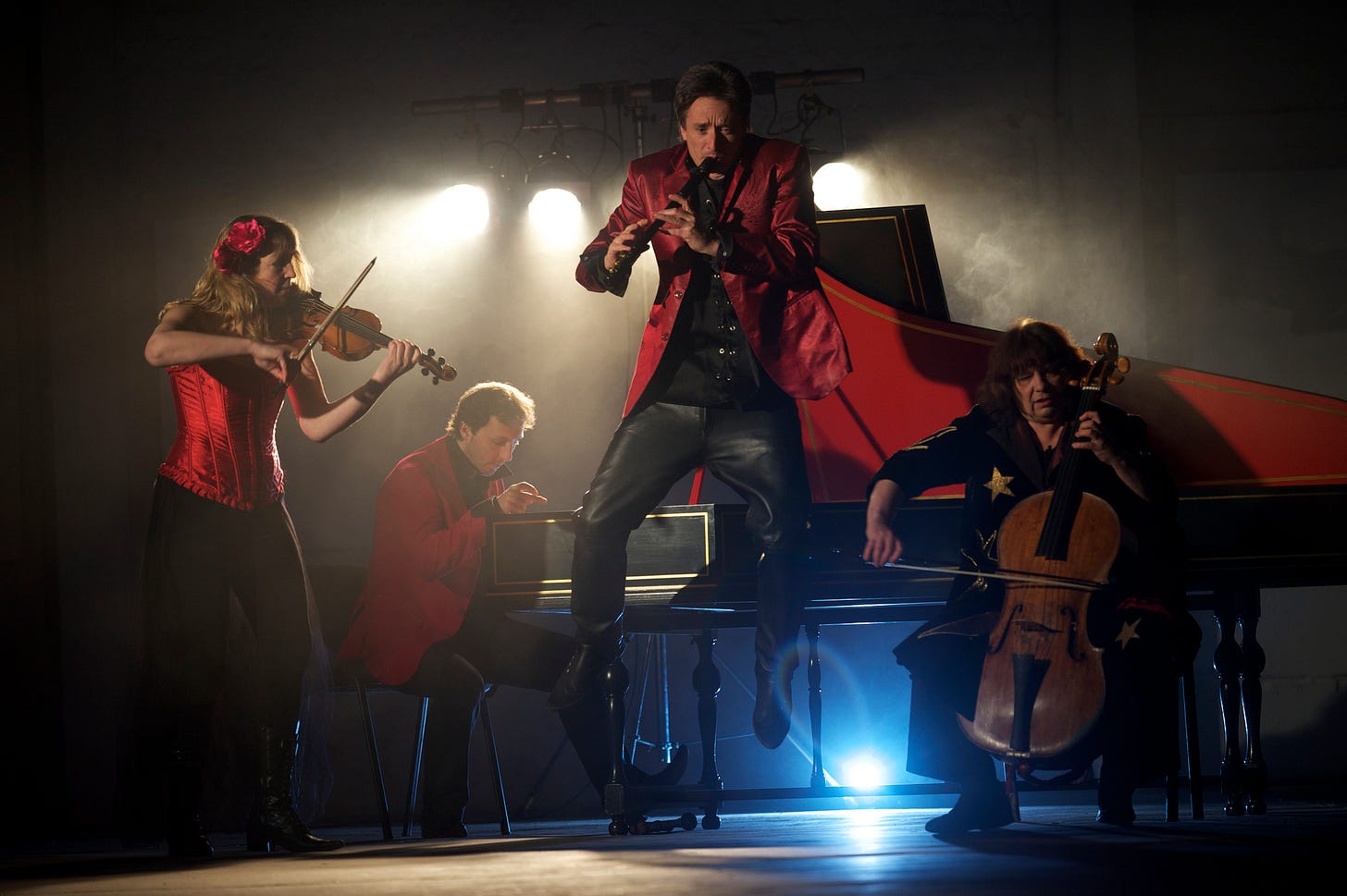
[Note: the thumbnail image and the background for to the track player are a painting by Victoria-based illustrator Julia Iredale whose extended family owns property on Mayne Island and are an important part of the Island’s musical community. They have hosted a music festival there every summer since 2009.]



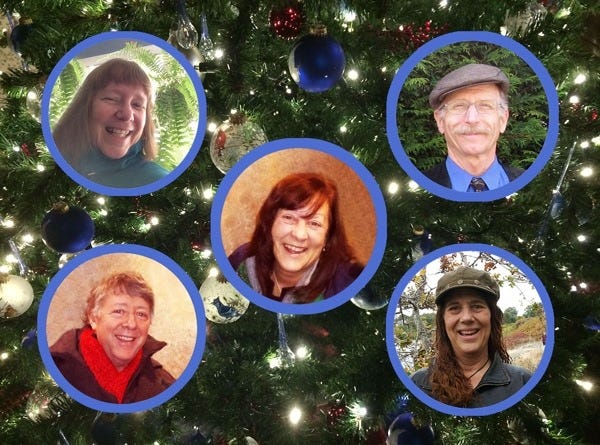

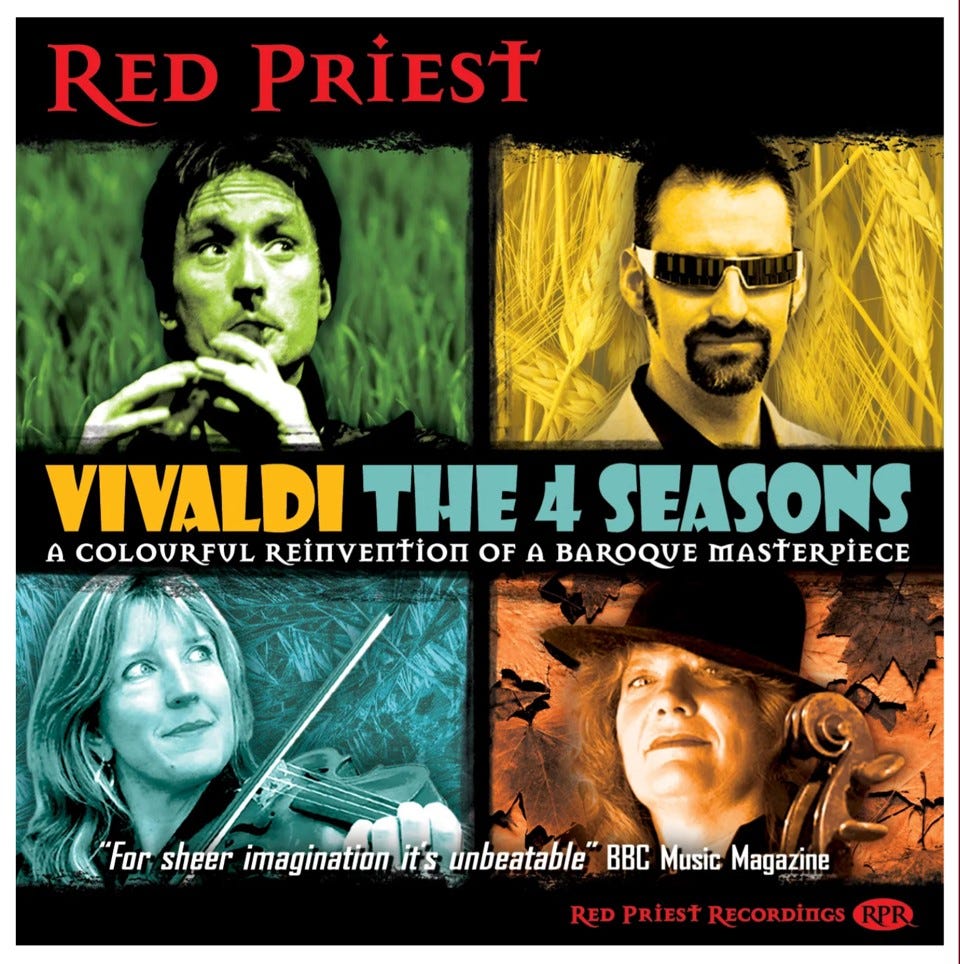

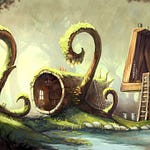


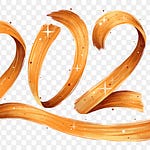

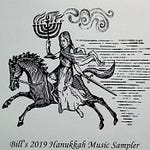
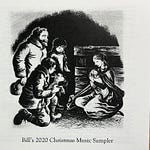

Share this post